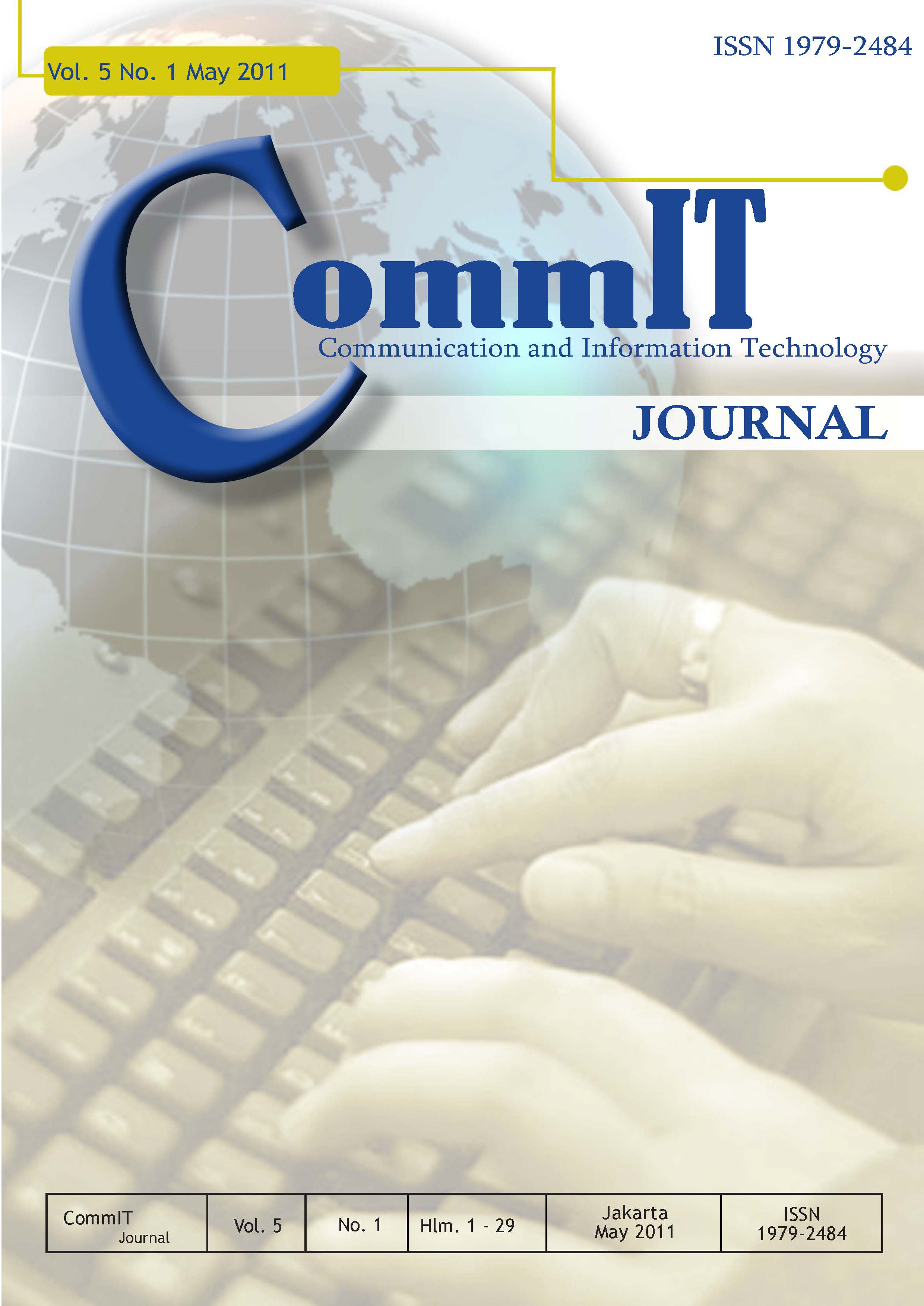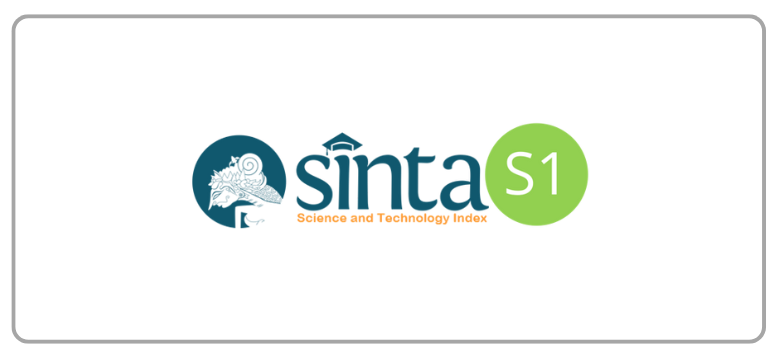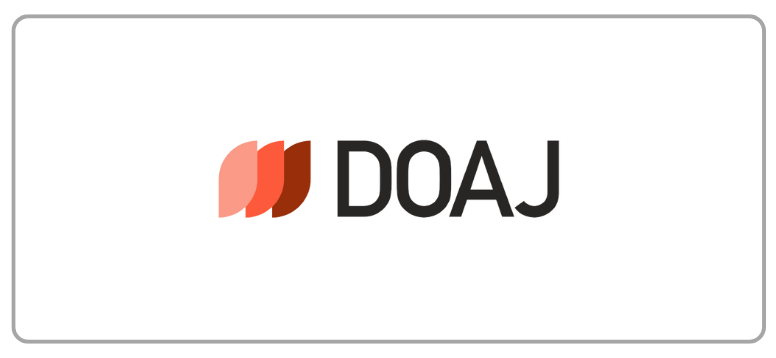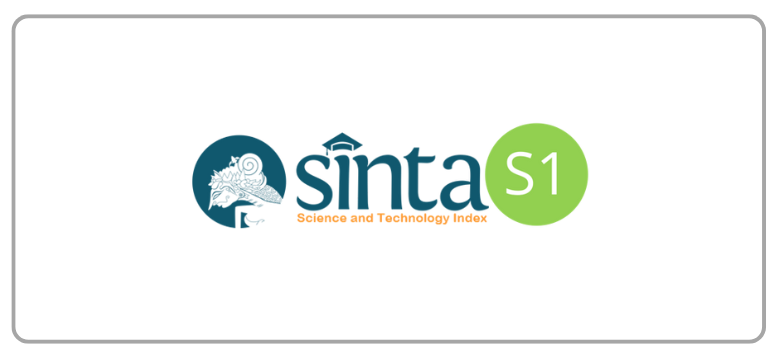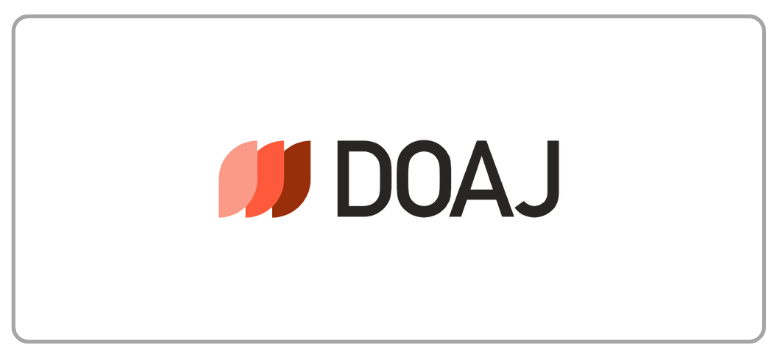Design Simulation Program of Runway Capacity Using Genetic Algorithm At Soekarno-Hatta Airport
DOI:
https://doi.org/10.21512/commit.v5i1.552Abstract
The purposes of this research are to calculate the capacity of runway with runway capacity simulation software using Genetic Algorithm, and to analyze the efforts which have more profound effect.The result of the hourly runway capacity with the mathematical calculation is 42 operations for arrival only, 110 operations for departure only and 64 operations for mix. To enhance the runway capacity, some strategies are researched, such as reduction of separation to meet criteria set by FAA’s rule, addition of the exit taxiway, addition of the runway according to master plan of Soekamo-Hatta Airport and changing the runway utilization strategies. Out of the four strategies, the most efficient solution is changing the runway utilization strategies (with capacity increase of 35,9 %) and reduction in separation (with capacity increase of 34,4 %). However, the addition of runway has the highest capacity increase, that is 53,9 %..Key Words: genetic algorithm, simulation, runway capacity.
Downloads
Published
How to Cite
Issue
Section
License
Authors who publish with this journal agree to the following terms:
a. Authors retain copyright and grant the journal right of first publication with the work simultaneously licensed under a Creative Commons Attribution License - Share Alike that allows others to share the work with an acknowledgment of the work's authorship and initial publication in this journal.
b. Authors are able to enter into separate, additional contractual arrangements for the non-exclusive distribution of the journal's published version of the work (e.g., post it to an institutional repository or publish it in a book), with an acknowledgment of its initial publication in this journal.
c. Authors are permitted and encouraged to post their work online (e.g., in institutional repositories or on their website) prior to and during the submission process, as it can lead to productive exchanges, as well as earlier and greater citation of published work.
Â
USER RIGHTS
All articles published Open Access will be immediately and permanently free for everyone to read and download. We are continuously working with our author communities to select the best choice of license options, currently being defined for this journal as follows: Creative Commons Attribution-Share Alike (CC BY-SA)
